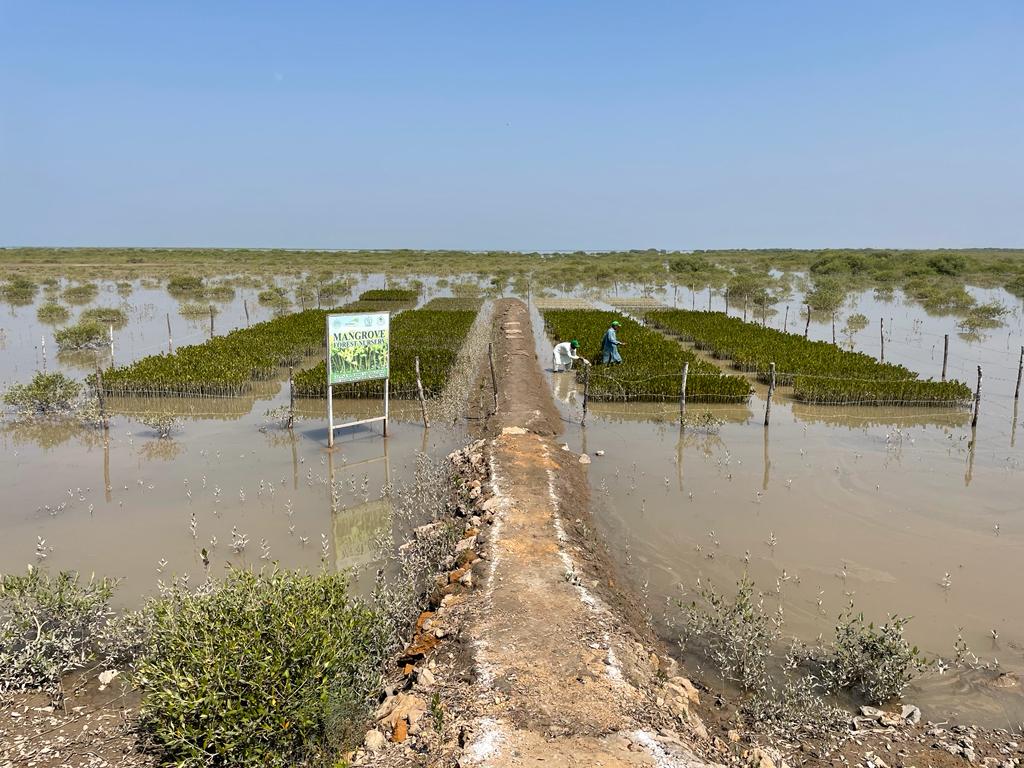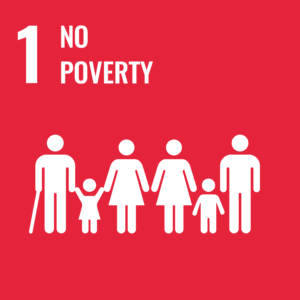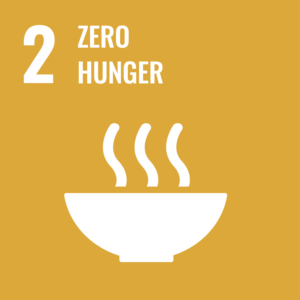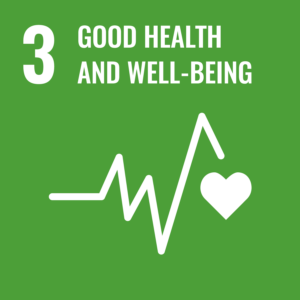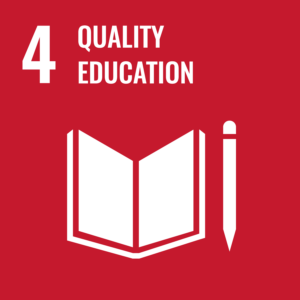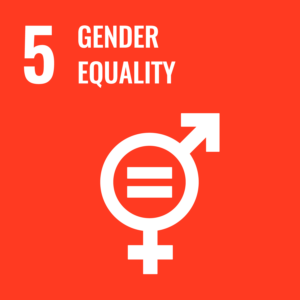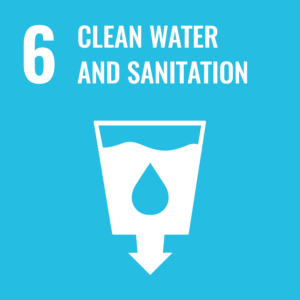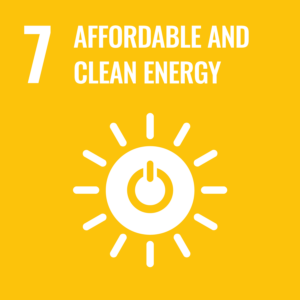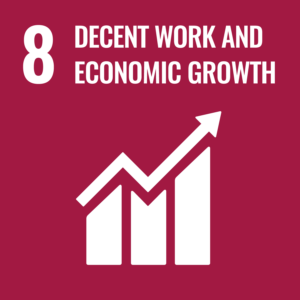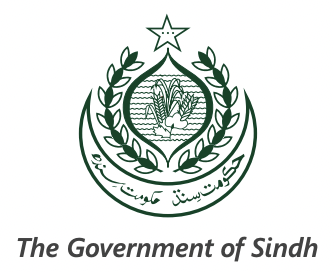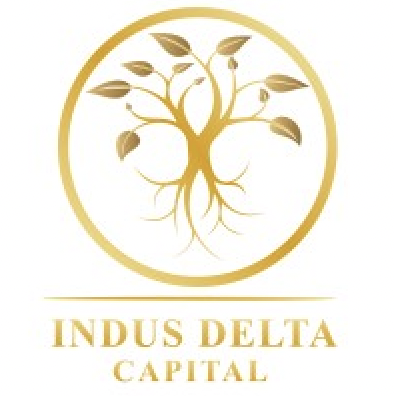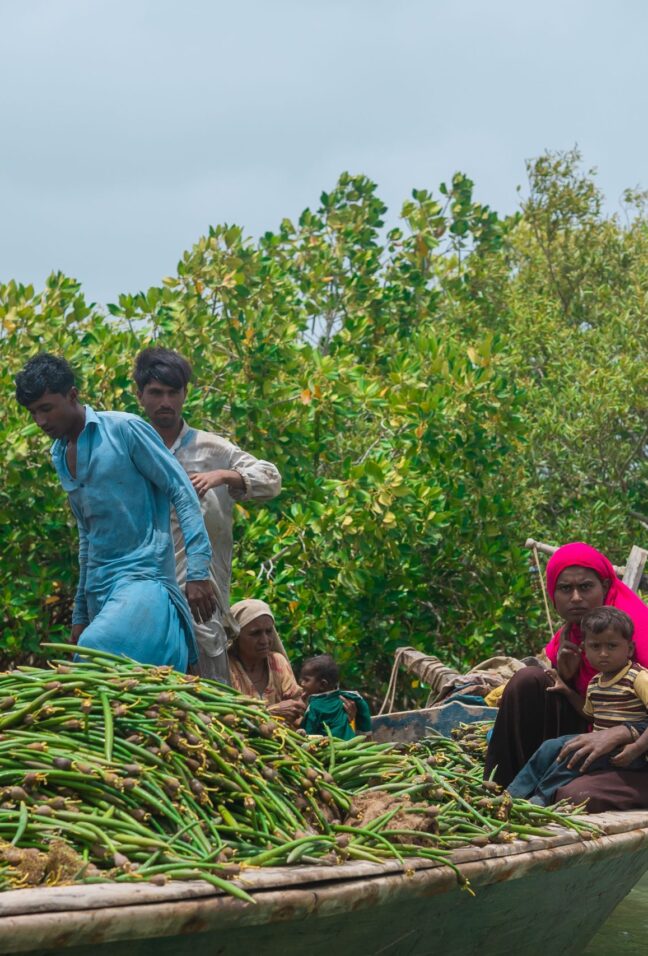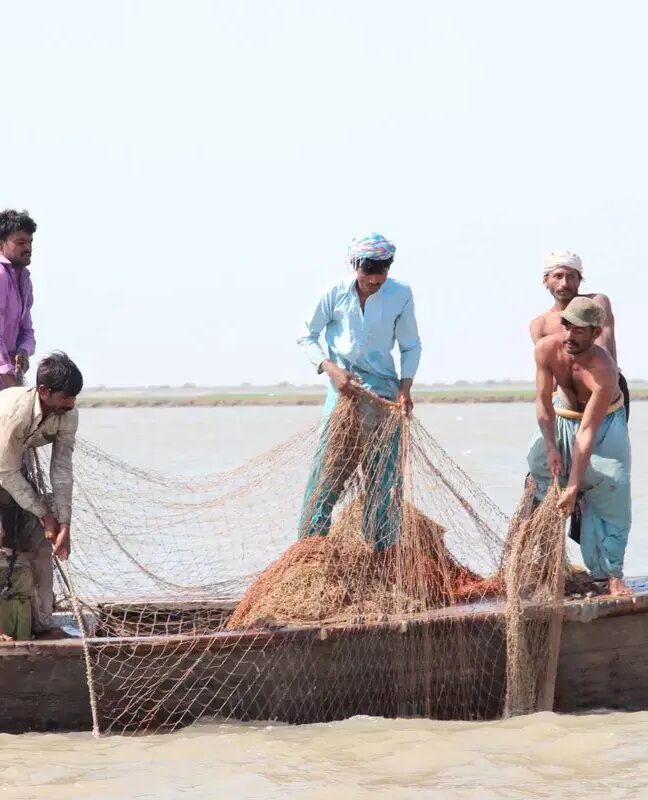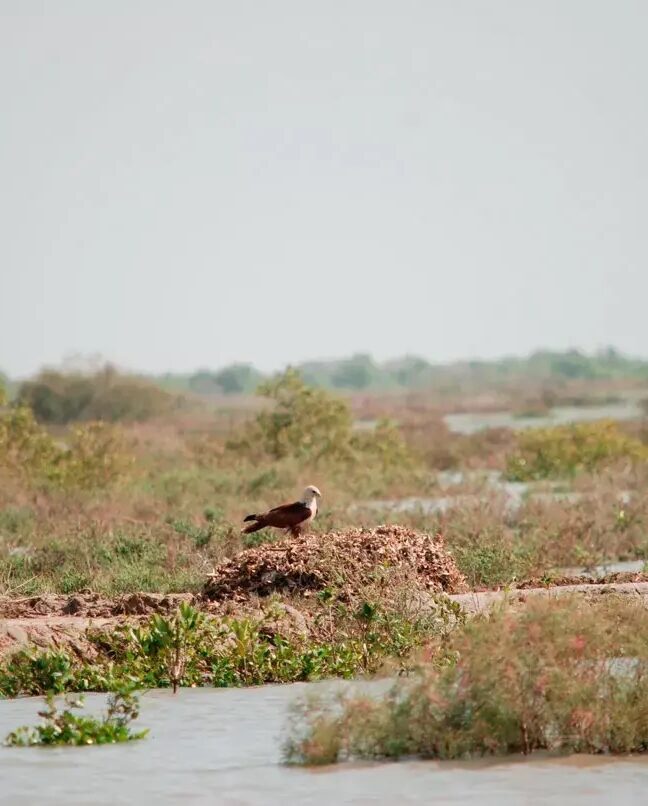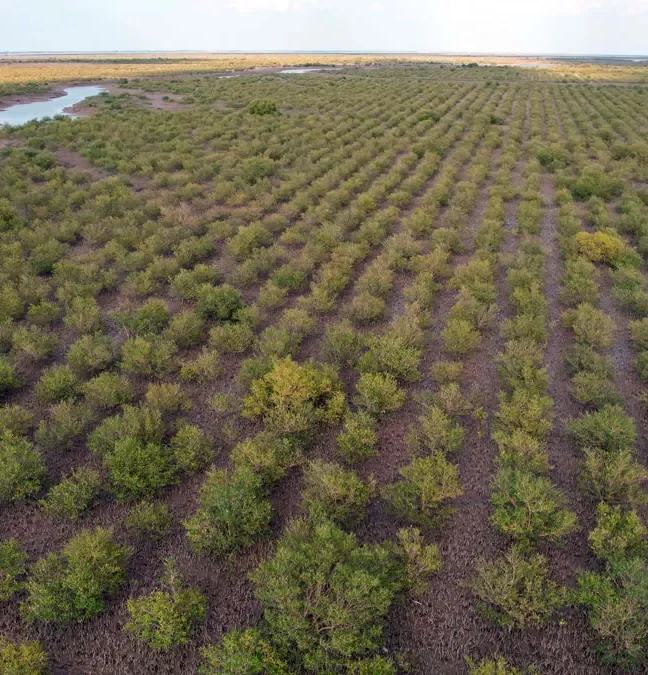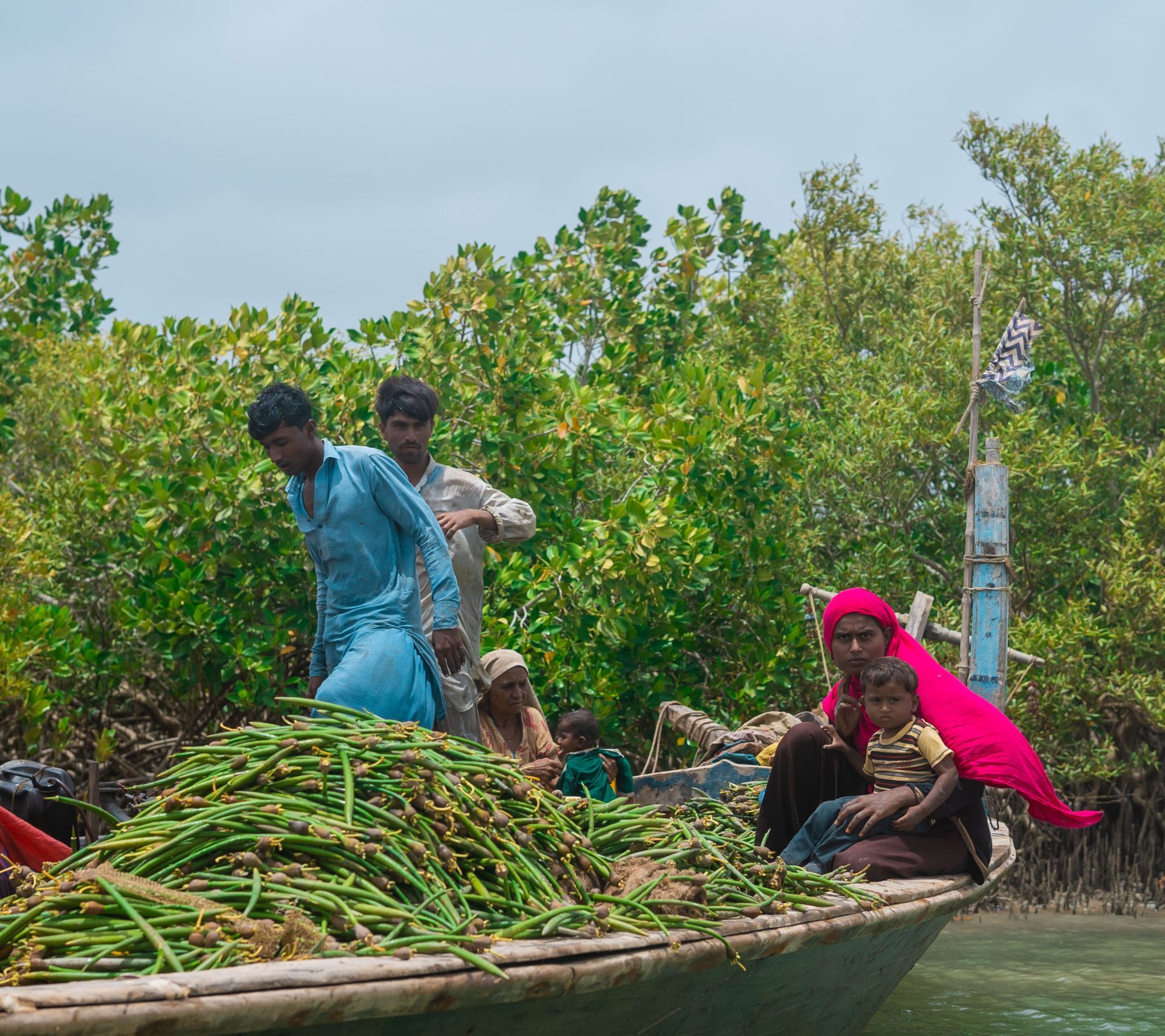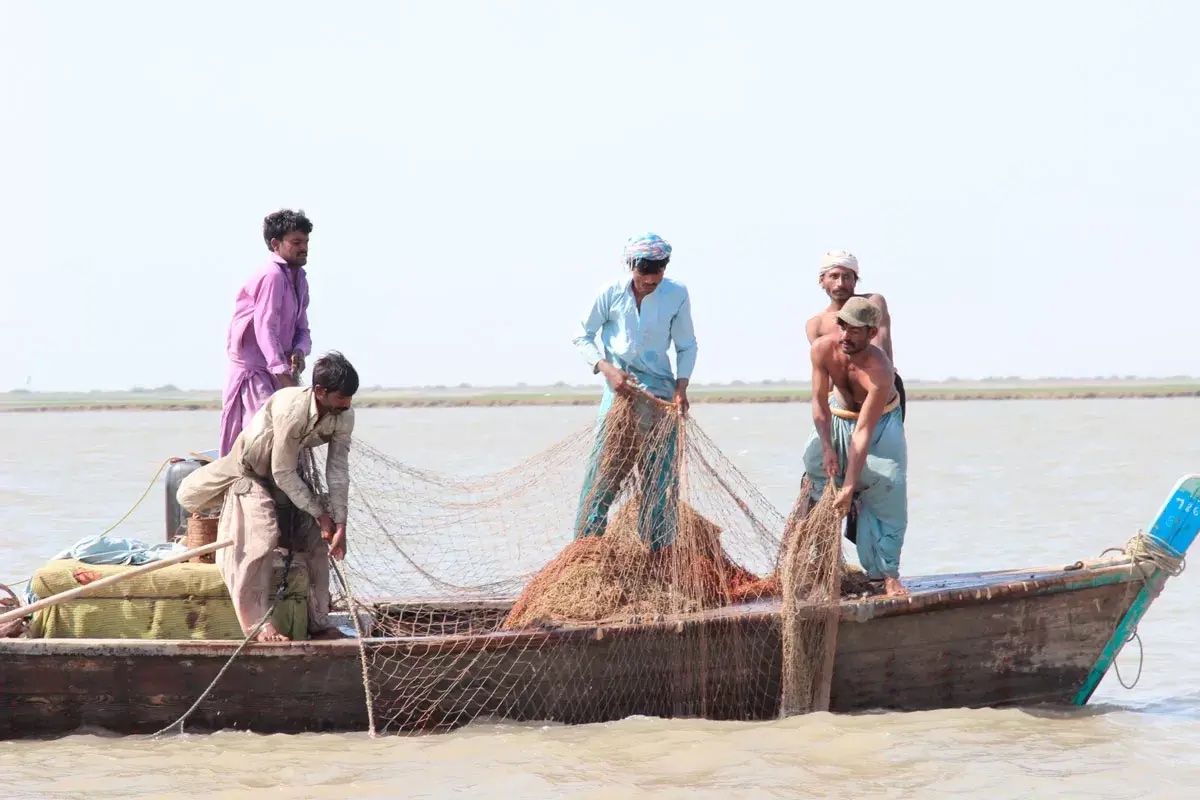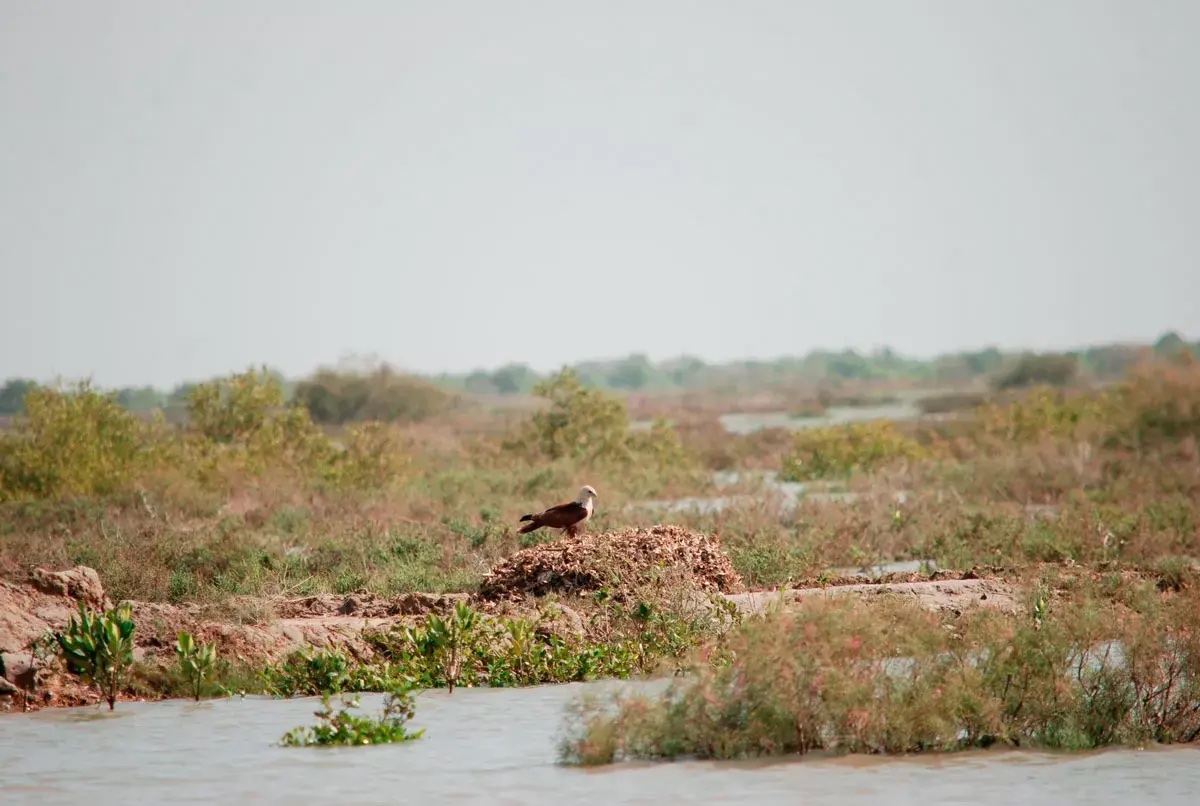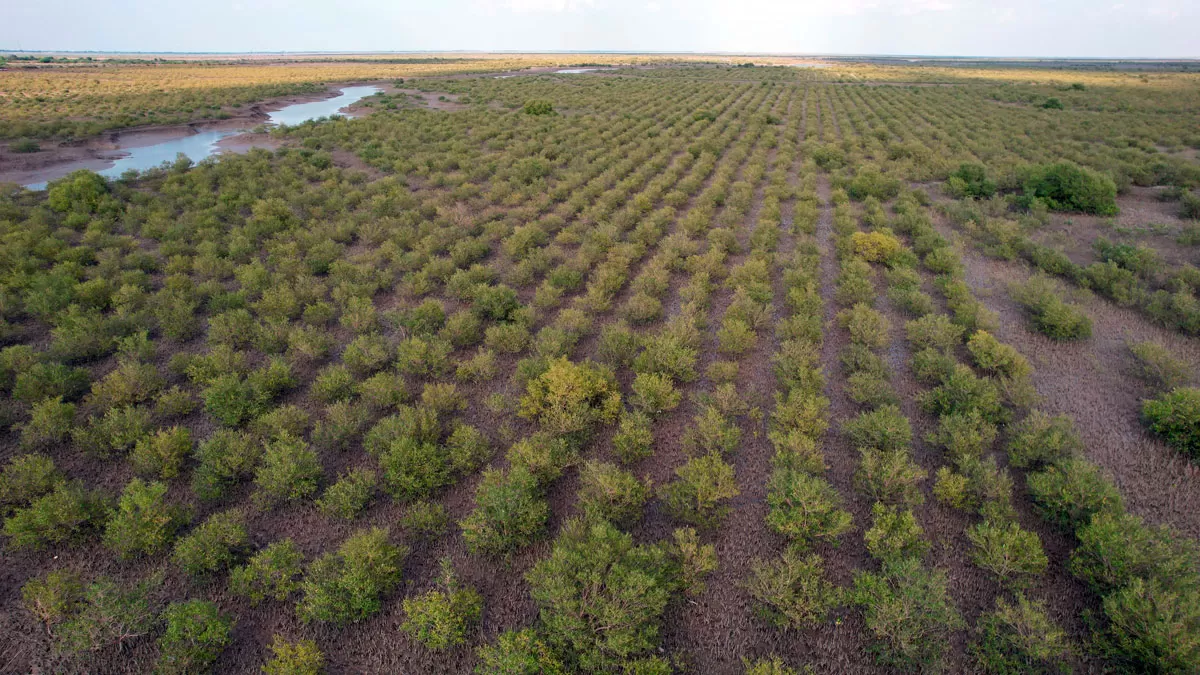-
Project type:
Blue Carbon
-
Project status:
Monitoring
-
Methodology:
VM0033
-
Project area (ha):
224,997
-
Project zone (ha):
350,000
-
Validator:
Aenor Internacional S.A.U
Standards


UN Sustainable Development Goals:
The world’s largest blue carbon project, Delta Blue Carbon, is protecting and restoring 350,000 hectares of tidal river channels and creeks, low-lying sandy islands, mangrove forests and inter-tidal areas.
Located on the southeast coast of Sindh in Pakistan, this incredibly rich and diverse landscape provides a critical ecosystem service. It sustains productive fisheries, serves as an important feeding ground for migratory shorebirds and supports the socio-economic livelihoods of coastal villagers who collect shellfish and crabs.
The delta area also provides fertile ground for sequestering and storing vast amounts of atmospheric carbon. The delta’s mangrove forests are the largest area of arid climate mangroves in the world but have experienced massive-scale deforestation and degradation.
Project developer
Indus Delta Capital Limited & the Government of Sindh Forest Department
Indus Delta Capital’s goal is to help make development smarter, sustainable, and climate resilient. Our approach is pragmatic, efficient, and effective and one which aims to create enduring incentives for conservation and development.
Location
The Sindh Indus Delta area and coastal region is located in the south-eastern part of Pakistan.
Project gallery
Our impact
Beyond its carbon and biodiversity benefits, the project benefits the local communities in Karachi ranging from temporary employment and business opportunities, to participation in its Mangrove Stewardship Program. By improving the condition of the ecosystem, mangroves can provide ecosystem services that will enhance the resilience of local communities to climate change.
-
Number of hectares under conservation
350,000
N/A
-
Number of hectares under restoration
220,000
The project aims to plant 220,000 hectares of mangroves throughout its lifespan. To date, 70,000 hectares have been planted.
-
Number of carbon credits issued
128.5 million
The project will generate 128.5 million high-quality carbon credits over its 60-year lifespan.
-
Tonnes of CO2 sequestered from atmosphere
142 million tonnes
142 million tonnes of CO2 will be sequestered from the atmosphere throughout the project's 60-year lifespan.
-
Number of people benefiting from the project activities
42,000 people
42,000 people living in 60 coastal villages inside the project zone.
-
Carbon revenue and beyond-carbon benefits
$134 per tonne
Non-carbon benefits to local communities have been valued at $134 per tonne.
-
Endangered species and wildlife conservation
11
The project area is home to 11 vulnerable or threatened species on the IUCN Red List.
Download our detailed fact sheet
Thanks for your interest in going deeper with us! Just fill out this quick form, and you’ll get instant access to our detailed fact sheet, packed with all the info you need.
